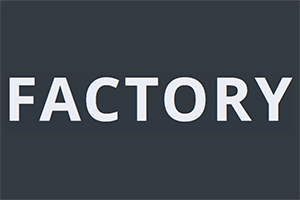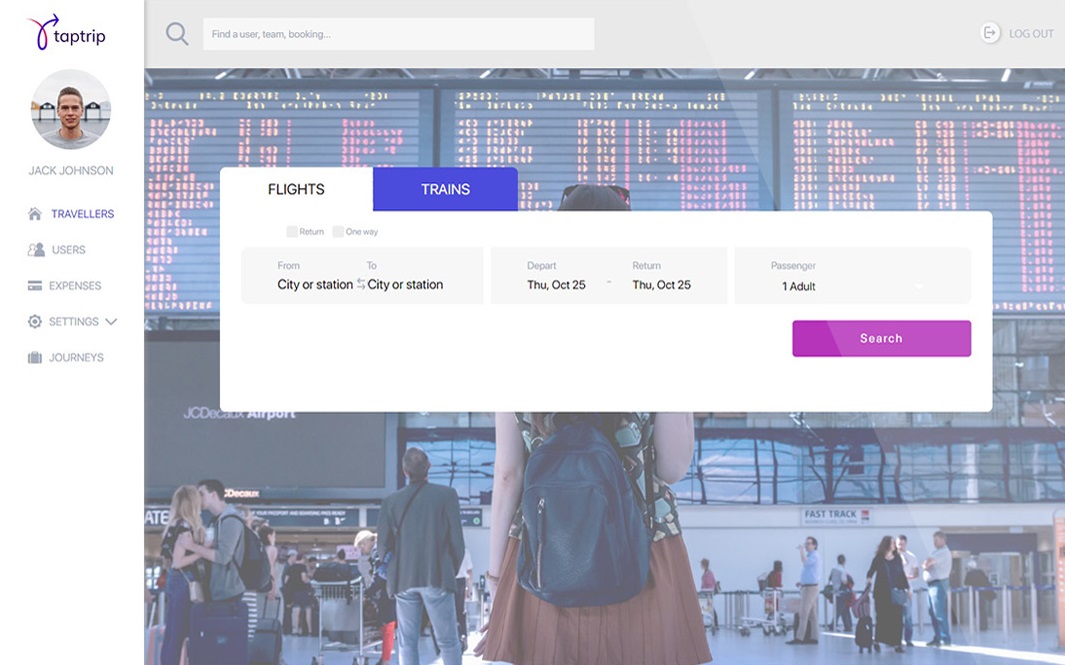Project Background
Our client is a printing entrepreneur in Australia whose approach to finding an IT outsourcing provider was truly profound — as is most everything else he does to improve his business. In this case, he reviewed some web-to-print solutions in the area, selected his favorites, and got acquainted with the providers who developed the solutions. And that’s how he found us!
Our initial task was to improve an existing PHP-based web-to-print website, but eventually the client asked us to rebuild it from scratch so it could meet new business challenges.
Solution
Our solution includes three components: a photo uploader, an editor, and a photo processing app. Working together, these components let customers order photo prints online.
A user starts by choosing one of 20+ surfaces — i.e. a mug, a canvas, a greeting card, a crystal — and then uploads photos either from his computer or from Facebook. Each surface has specific characteristics when it comes to the editing process, but generally speaking once the photos are uploaded the user can preview and edit them, as well as change their size, quality, and orientation, add text, and choose crop type.
The app moves fast because only a lower-resolution version of the actual image can be manipulated during the editing stage. Another nice feature is that the user can start an order, close the page, and then return to the exact spot where he left off, since the shopping cart uses PHP session IDs to track individual users. You don’t even need to log in!
After editing, image manipulation instructions are passed to the processing application, and then it’s on to production.
There are two separate websites: one for individual customers and another for corporate clients. Registration and log in are required for the latter.
The most interesting aspect of the corporate site is that every client type, i.e. middlemen and non-middlemen, have their own cooperation terms which the system can recognize automatically. The system knows who is logging in, even if a user tries to hide his identity in the hopes of getting a better deal.
Both websites are managed from an administrative panel where an administrator can manage user roles, goods, orders, and clients, and generate reports on different customer types, i.e. wholesalers or clients who haven’t purchased anything within the last year. The administrator can generate a list of these “dormant buyers” and send them a promo message reminding them of the company’s services. And for those customers who’ve made recent purchases, an e-mail is automatically sent asking for their feedback.
Tech highlights
- PHP
- Imagemagick
- Symfony
- MySQL
- PayPal API
- PayWay API
- Flash player
- Action script
- JavaScript
- jQuery
Results
Founded in his rural garage, our client’s printing business has blossomed into a successful company with hundreds of partners and thousands of clients nationwide.
Our original task of improving the owner’s small existing website grew into development of a full-scale engine for building multiple web-to-print (printing and laser etching) websites tailored specifically to different user groups.
The client’s ordering process is automated after the customer editing stage. Payment is made via PayPal, PayWay, or a credit card, and wholesale purchase information is imported to the client’s accounting system.
Sibers is still working with this client to maintain and refine what is already a fantastic web-to-print solution!
Customer Says
I have been working with Sibers (HireRussians) on and off for almost 3 years now. Sibers helps us develop our business thanks to their expertise in our niche and readiness to commit to our goals. We are launching new products and processes within our business that would be impossible without their knowledge. (June 2010)
Excellent — top job! So far I have been very happy with the responsiveness and professionalism of your team. I have a few other projects in mind that I need work done on so pending the outcome of this project I can see us engaging your company's services again, so far all is good. (April 2012)



